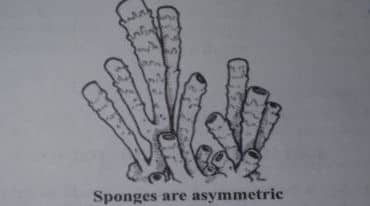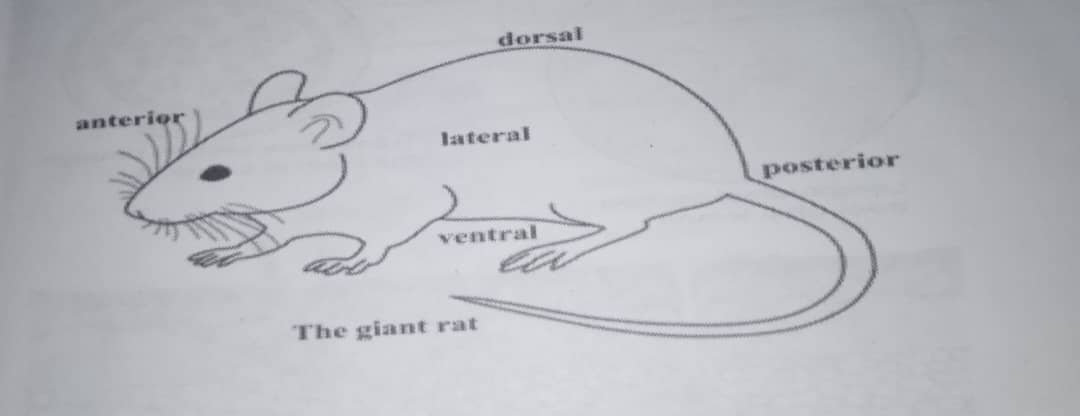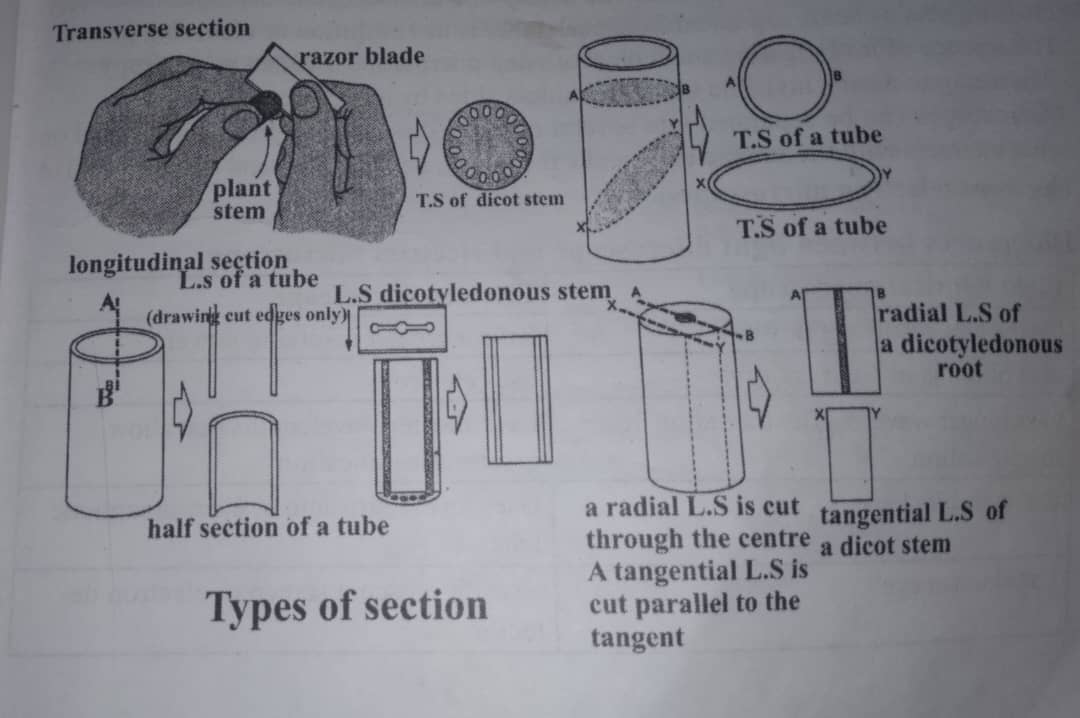UNIT 4
BODY SYMMETRY AND ORIENTATION
Symmetry in biology is the line by which an organism can be divided into two equal parts.
The body plans of
most multicellular organisms exhibit some form of symmetry, either radial symmetry or bilateral symmetry.
A
small minority exhibit no symmetry (are asymmetric)
Bilateral symmetry means the body of an
organism is capable of being split along only one plane called the
sagittal plane, into two equal parts so that one part is a mirror image of the other.
Such organisms have
only one line of symmetry e.g. include small mammal, mango fruit, human body, weevil and flatworms.

Radial symmetry
means that the body of an organism can be divided along more than one plane in order to produce mirror images.
Such organisms have more than one line of symmetry e.g. oranges, okra fruit, sea anemone, Jelly fish,
(Animals in the phyla Cnidaria and Echinodermata exhibit radial symmetry)

Some animals have no symmetry and are describe as asymmetric e.g. Sponges & Snails

Body Orientation
Body Orientation Orientation deals with how the body is positioned. Some terms of body orientation include the
following:
- Anterior: The head end of an animal.
- Caudal: the hind or tail end of an animal.
- Cranial: Toward the head
- Distal: Further from the beginning, as opposed to proximal.
- Dorsal: The back, i.e opposite ventral view.
-
Inferior: Below, as opposed to superior.
-
Lateral: Toward the left or right side of the body, as opposed to medial.
-
Medial: In the middle or inside.
-
Posterior: The hind or tail end of an animal, as opposed to the anterior.
-
Proximal: Toward the beginning, as opposed to distal.
-
Transverse: A horizontal plane passing through the standing body parallel to the ground.
-
Ventral: Pertaining to the belly or underside of an animal

Types of section
Longitudinal section (L. S)- is a cut that runs through the length of an organism, that is the vertical axis e.g. L. S through a lemon.
Transverse section (T. S)- is a cut that passes crosswise through a whole or part of an organism that is the horizontal axis e g. stem of Cana lily.
Vertical section (V. S) - is a cut that runs upright through a whole or part of an organism e.g. V. S through mammalian skin.

Next





